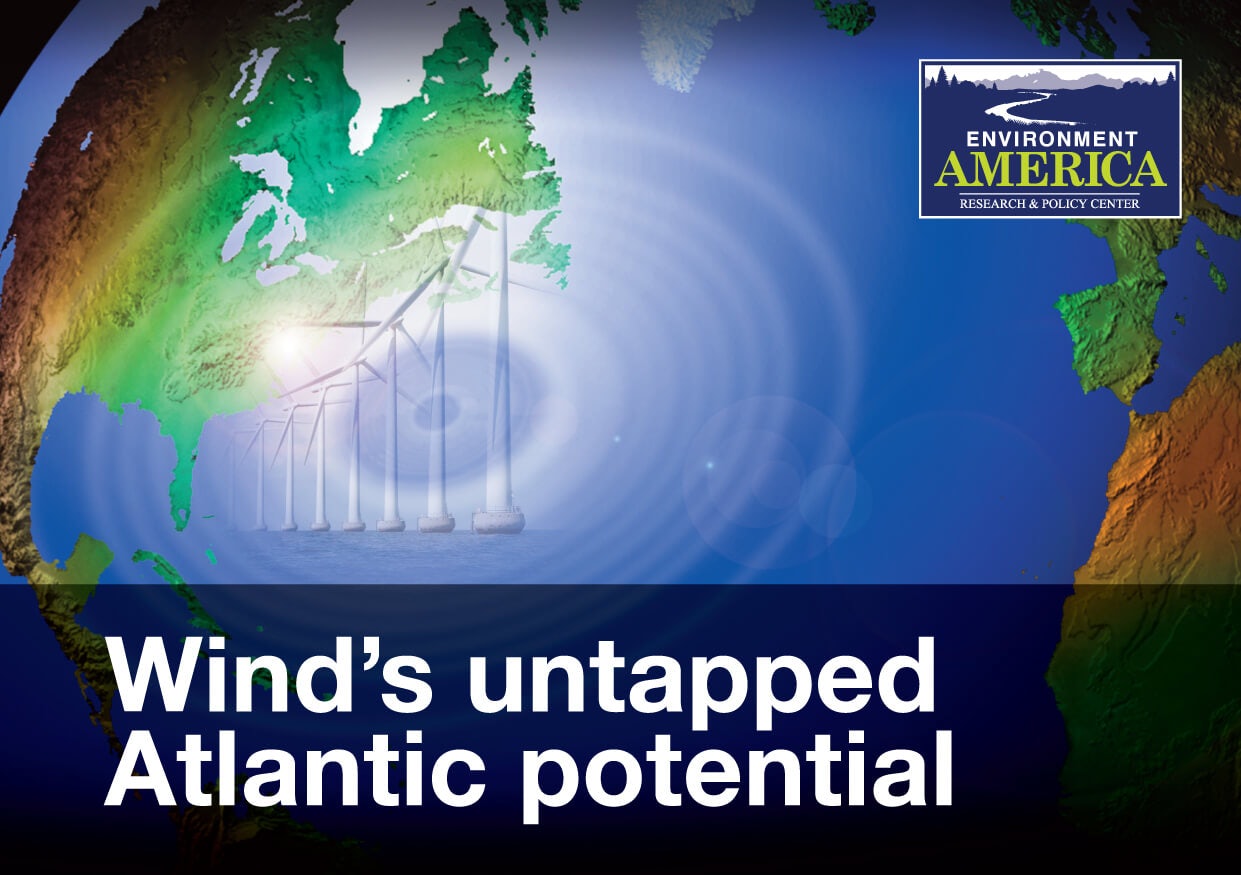Wind’s Untapped Atlantic Potential
When any industry takes big leaps forward, it is important to understand the potential of the industry to predict its viability and reality. This is also the case with wind energy, which despite its fairly long roots remains in a precarious situation.
For example, solar power is a very strong competitor to wind within the clean energy sector, and so studies into the future efficiency and feasibility of wind energy are currently experiencing high demand.
One such study that was recently published comes from Environment America, which is a federation of environmental advocacy organisations in the United States with 29 affiliates across the country. The study focuses on the Atlantic states of America, which have been calculated to have massive untapped resources in terms of off-shore wind power.
According to the data from the site, the 14 states included in the study have the potential to produce four times the amount of energy they are currently from wind energy alone. This figure accounts for areas where the wind technology can’t be established, as well as prohibited areas forbidden by law, e.g. shipping lanes, and has state-specific breakdown: 12 out of these 14 states are also able to produce more wind energy than the current consumption of the state, which if applied would result in great savings in comparison to traditional methods. Currently, these states rely heavily on fossil fuels.
The main area that researchers believe wind could be most beneficial, is in meeting the demand of both commercial and private heating as well as transportation, both of which are experiencing continued growth. For example, in Europe, currently over 20 million homes are meeting their daily electricity requirements from only 4,100 off-shore wind turbines. Companies like Bloomberg and their New Energy Finance team are expecting offshore wind to drop in cost by 71% prior to 2040, making it more and more affordable as time goes on. At the same time, projects currently in development are only encompassing around 1% of the Atlantic off-shore wind power potential.
With so many factors furthering the progress of off-shore wind energy, Dashboard predicts that this method will exponentially grow in popularity in the USA within the next five years. While currently the country is lagging behind the rest of the world on this front, it is only a question of time until they tap into the accessible potential being highlighted by these studies.
